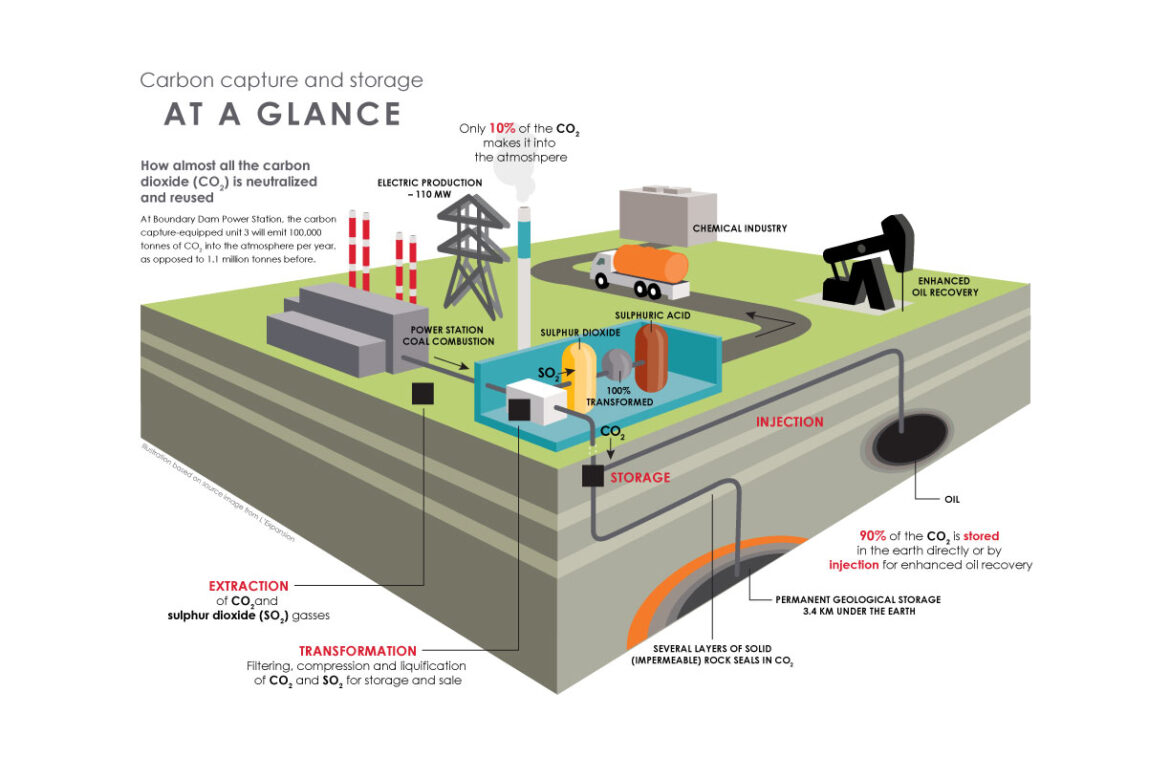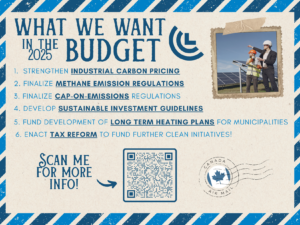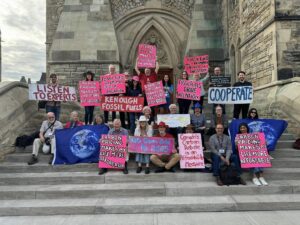
Takeaway: Building new fossil fuel infrastructure on the premise that Carbon Capture and Sequestration (CCS) will be able to sink emissions would be disastrous for the climate, energy costs, and our financial system. While as a rule of thumb Citizens’ Climate Lobby does not oppose or support any specific technologies, it should be noted that previous studies have found that without adequate carbon pricing, CCS deployed at the scale required to meet climate targets is unlikely. The full version: In June 2022, the International Energy Agency reported that CCS facilities currently capture almost 45 megatonnes of CO2 globally, but this is not nearly enough. Project developers have announced ambitions for over 200 new capture facilities to be operating by 2030, capturing over 220 Mt CO2 per year. However, only around 10 commercial capture projects under development have official financial approval as of June 2022. Nevertheless, even at such a level, CCS deployment would remain substantially below what is required in the Net Zero Scenario by 2050. This is now even more urgent in that we are in a Net Zero Scenario by 2040 (IPCC AR6 Synthesis Report, March 2023). An April 4, 2023 analysis in Nature concluded: Humanity has never removed an atmospheric pollutant at a global, continental or, even, regional scale — we have only ever shut down the source and let nature do the clearing up. This is the case for chlorofluorocarbons and stratospheric ozone destruction, for sulfur dioxide and acid rain, and for sulfur and nitrogen oxides and photochemical smog. We must be prepared for CCS to be a failure, leaving us to rely on the environment to stabilize atmospheric CO2 over thousands of years. This is another argument for rapid decarbonization. On September 7, 2023, the International Institute for Sustainable Development (IISD) published a report titled : Why the Cost of Carbon Capture (CCS) and Storage Remains Persistently High. The authors concluded that the costs of CCS for oil and gas are high and unlikely to fall significantly. This is because the technology is too complex, it requires too much customization with each application, and it is unlikely that it will capture the benefits of mass manufacturing in the way technologies such as solar PV have. In May 2024, Greenpeace Canada reported that Shell’s flagship carbon capture project has made over $200 million (CAD) selling emissions credits for reductions that never happened, according to a new investigative report Selling Hot Air. The findings come as Canadian oil sands companies advertise carbon capture and storage (CCS) as a solution to oil sands pollution, while lobbying against regulations that would cap emissions from the sector. An April 2025 analysis of the impact of CCS on water resources in Alberta warns that future water supply has the potential to constrain CCS development. CCL Canada is fully supportive of the UN High-Level Expert Group on net-zero commitments (HLEG) report Integrity matters: Net zero commitments by businesses, financial institutions, cities, and regions. One of the key recommendations is that technologies must come as advertised. There has been growing backlash to CCS from conservatives and fossil fuel advocates, some of whom see it as an egregious government waste. At a recent Fraser Institute meeting, Bjorn Lomborg, a well known fossil fuel proponent and “friend” of the Trump administration’s energy secretary, upon reflecting on the fact that current costs for CCS in Canada could be as high as $150 per tonne of CO2 said, “It’s not going to happen.” Given the inequitable and catastrophic impact that exceeding a global temperature rise of 1.5°C will have on everything and everywhere, planning for any new fossil fuel infrastructure on the premise that it can be reversed by unproven carbon capture and sequestration capacity is indefensible.Laser Talk: CCL Canada’s position on Carbon, Capture, and Sequestration
Carbon Capture and Storage (CCS) is a general term for a range of different industrial processes that can separate carbon dioxide (CO2) emissions from smokestacks and store it underground indefinitely as toxic waste.
One of the key conclusions of the final IPCC AR6 synthesis report (March 2023) was clear – existing and currently planned fossil fuel projects are already more than the climate can handle.
Similarly, December 2023 Influence Map reported that most corporate advocacy promoting carbon capture and storage (CCS) for addressing climate change is not aligned with pathways recommended by the Intergovernmental Panel on Climate Change (IPCC) for limiting global temperature rise to 1.5°C or well-below 2°C.
A November 2024 analysis reported that CCS captures around 0.1% of global emissions — around 50 million metric tons of carbon dioxide (CO2). Climate scenarios that limit warming to 1.5 degrees C (2.7 degrees F), published by the Intergovernmental Panel on Climate Change (IPCC) and the International Energy Agency (IEA), show CCS capturing around 1 billion metric tons of CO2 by 2030 and several billions of tons by 2050. This May 2025 World Resource Institute publication has comprehensive and most up-to-date information on the state of CCS.











